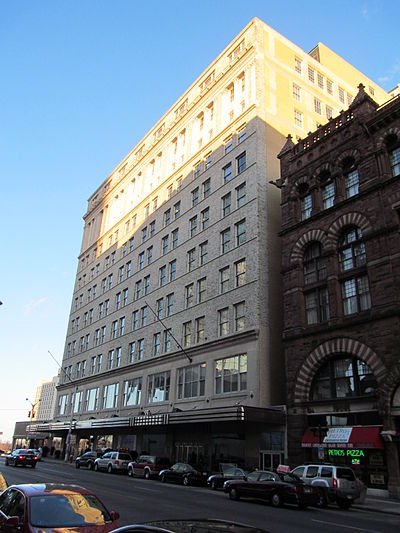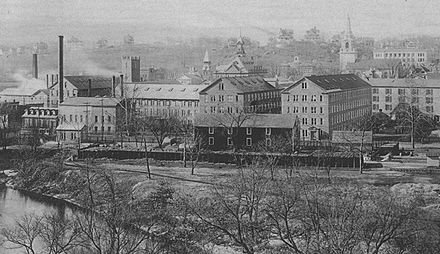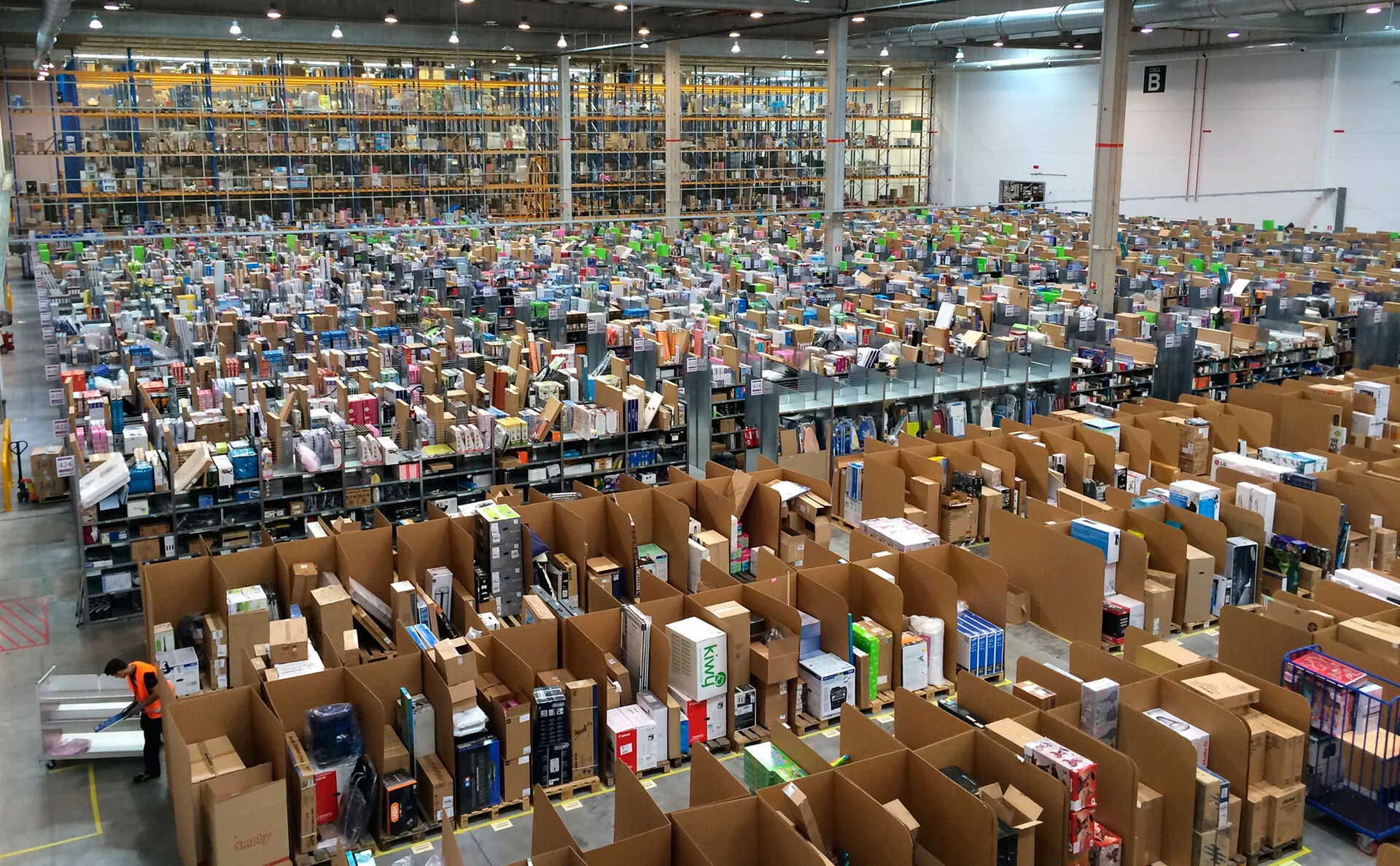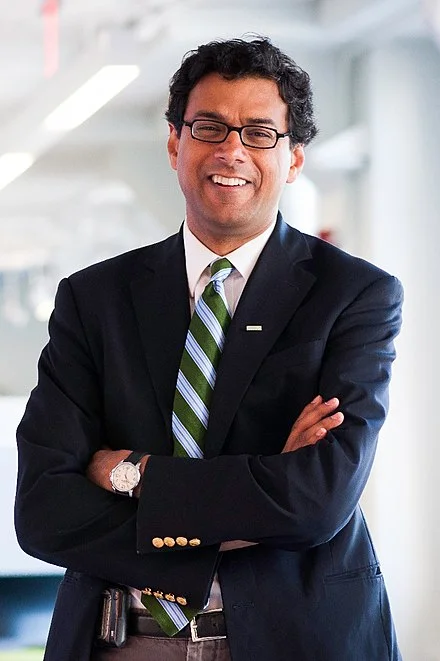"Sometimes...it's better for a man just to walk away. But if you can't walk away? I guess that's when it's tough.”
—- The Willy Loman character in Death of a Salesman
The old saying is “You can’t fight City Hall.” That is partly true. City Hall is huge and more powerful than you. The gods of government have resources denied to the little people, but then government is supposed to be on the side of the little people, as is the media, a presumed joint support that tends to even the perpetual battle between the lions of the market place and … let’s call him Willy, after Willy Loman, the chief character in Arthur Miller’s play Death of a Salesman.
The Willy of this piece is a Connecticut salesman – there are many of them – who do business with Amazon. And Willy has a problem that will not be settled by the usual white-hatted Attorney General of Connecticut or legislators who weep over the little guy or the media, afflicters of the comfortable and comforters of the afflicted. You can bet your house on that.
In the world of commerce, Amazon is bigger than God. It seems only hours ago that the equivalent of City Hall in Connecticut, state government – not only in Connecticut and its environs, but everywhere in the nation – was breathing heavy in strenuous attempts to lure Amazon into their beds, the better to ravish the e-commerce giant with taxes.
New York Gov. Andrew Cuomo was dashed when Amazon, searching for a place in the Northeast to locate part of its headquarters, kissed the state goodbye. Pummeled by progressives in New York -- among them Mayor of New York City Bill de Blasio (birth name Warren Wilhelm Jr.) and U.S. Rep. Alexandria Ocasio-Cortez -- for having considered the governor's crony-capitalist $3 billion tax break, the company withdrew an offer to plop a new facility in New York that might have generated $27 billion in revenue.
“What happened is the greatest tragedy that I have seen since I have been in government,” moaned a grievously wounded Cuomo.
Crony capitalist blood began to beat like a tom-tom in former Connecticut Gov. Dannel Malloy’s veins, and it still swells in Gov. Ned Lamont’s heart. Both Malloy and Lamont are crony-capitalist governors -- is there any other kind in the high-taxed Northeast? Wouldn’t it be grand to net such a massive leviathan? Malloy moved on, Lamont is fishing still.
But salesman Willy is dangling at the end of an economic rope, and he writes, somewhat desperately:
“If I sell something on Amazon, they take 15% as a referral fee. This covers marketing, customer acquisition, and credit card fees. If I use Amazon to warehouse and ship the item, they then charge a pick and pack fee. That is also taxed. So if I do $1M a year in gross sales, Amazon ends up taking about 33%."
Adding the cost of doing business with Amazon, Willy notes “$330,000 in fees, with 6.35% sales tax is almost $21,000 a year. You should understand that Amazon is half of e-commerce. Third party sellers [like Willy] represent over half of their sales. Connecticut, through its tax additions, just made it impossible for 25% of e-commerce to do business here.”
Along with his note to Connecticut Commentary, Willy enclosed the “Dear Willy” letter he had received from god:
The "Dear Seller" letter Willy received read in part:
“Amazon is required to collect taxes on Selling on Amazon fees in Connecticut, the District of Columbia, Hawaii, South Dakota or West Virginia, based on each state’s tax rates. Selling on Amazon Fees include the Referral Fee, Subscription Fee, Variable Closing Fee, Per-item Fee, Promotion & Merchandising Fee, Refund Commission Fee, Checkout by Amazon, and Sales Tax Collection Fee... If your business is located outside Connecticut, the District of Columbia, Hawaii, South Dakota or West Virginia, we will not collect sales tax on the Selling on Amazon fee you pay.
“Amazon is required to collect taxes on FBA Prep Services in Arizona, Connecticut, Illinois or West Virginia, based on each state’s tax rates. FBA inventory prep fees include the Labelling Fee, Polybagging Fee, Bubblewrap Fee, Taping Fee, and Opaque Bagging Fee...
“You will be able to view the sales tax collected on your fees in the transaction details page of your Payments reports.”
Willy is a Connecticut native with deep roots in the state. He’s married with young childern. And the blade of crony capitalism has fallen bloodily on Willy’s neck, because he is, in fact, an independent businessman who is expected to shut up and pay. Crony capitalism is a complex arrangement in which tax heavy states such as Connecticut and New York supply seed tax money to super-leviathans like Amazon as inducements to locate in the states; the companies then pass along to its customers and third party salesmen like Willy the costs they incur from their location in a high tax state like Connecticut. But the tax axe invariably falls on Willy’s neck. Large companies are tax collectors, not tax payers. The real taxpayers are those who consume the products and services of companies such as Amazon – and small businesses like Willy’s from whom Amazon recovers the additional costs incurred by tax increases.
It will not take long for Willy to realize “Sometimes...it's better for a man just to walk away.” No one profits when Willy walks. It would be well for legislators to remember the line in Willy’s letter. Connecticut, along with a handful of other states singled out in Amazon’s “Dear Seller” letter, has “through its tax additions,” Willy writes, “just made it impossible for 25% of e-commerce to do business here.”
Don Pesci is a Vernon, Conn.-based columnist.
Posted by Don Pesci at 2:04 PM
Labels: Cuomo, Lamont, Malloy, Willy Loman




































